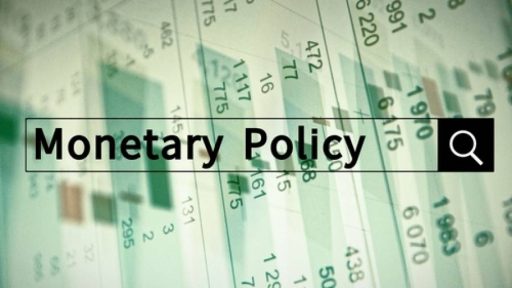- Home
- >
- Fundamental Analysis
- >
- What are central banks tools for influencing the monetary policy

What are central banks tools for influencing the monetary policy

One of the most direct ways for a central bank to increase or reduce the amount of money in circulation is via open market operations. Open market operations involve the purchase and sale of government bonds from and to commercial banks and/or designated market makers. For example, when the central bank buys government bonds from commercial banks, this increases the reserves of private sector banks on the asset side of their balance sheets. Similarly, the central bank can sell government bonds to commercial banks. By doing this, the reserves of commercial banks decline, reducing their capacity to make loans to households and corporations and thus causing broad money growth to decline through the money multiplier mechanism. In using open market operations, the central bank may target a desired level of commercial bank reserves or a desired interest rate for these reserves.
The most obvious expression of a central bank’s intentions and views comes via the interest rate it sets. The name of the official interest rate (or official policy rate or just policy rate) varies from central bank to central bank, but its purpose is to influence short- and long-term interest rates and ultimately real economic activity.
The interest rate that a central bank sets and that it announces publicly is normally the rate at which it is willing to lend money to the commercial banks. This policy rate can be achieved by using short-term collateralized lending rates, known as repo rates. For example, if the central bank wishes to increase the supply of money, it might buy bonds (usually government bonds) from the banks, with an agreement to sell them back at some time in the future. This transaction is known as a repurchase agreement. Normally, the maturity of repo agreements ranges from overnight to two weeks. In effect, this represents a secured loan to the banks, and the lender (in this case the central bank) earns the repo rate.
Suppose that a central bank announces an increase in its official interest rate. Commercial banks would normally increase their base rates at the same time. A commercial bank’s base rate is the reference rate on which it bases lending rates to all other customers. For example, large corporate clients might pay the base rate plus 1 percent on their borrowing from a bank, while the same bank might lend money to a small corporate client at the base rate plus 3 percent. But why would commercial banks immediately increase their base or reference rates just because the central bank’s refinancing rate had increased?
The answer is that commercial banks would not want to have lent at a rate of interest that would be lower than they might be charged by the central bank. Effectively, the central bank can force commercial banks to borrow from it at this rate because it can conduct open market operations that create a shortage of money, forcing the banks to sell bonds to it with a pre-agreed repurchase price (i.e., do a repurchase agreement). The repo rate would be such that the central bank earned the official refinancing rate on the transactions.
The name of each central bank’s official refinancing rate varies. The Bank of England’s refinancing rate is the two-week repo rate. In other words, the Bank of England fixes the rate at which it is willing to lend two-week money to the banking sector. The ECB’s official policy rate is known as the refinancing rate and defines the rate at which it is willing to lend short-term money to the euro area banking sector.
The corresponding rate in the United States is the discount rate, which is the rate for member banks borrowing directly from the Federal Reserve System. But the most important interest rate used in US monetary policy is the federal funds rate. The federal funds rate (or fed funds rate) is the interbank lending rate on overnight borrowings of reserves. The Federal Open Market Committee (FOMC) seeks to move this rate to a target level by reducing or adding reserves to the banking system by means of open market operations.
Through the setting of a policy rate, a central bank can manipulate the amount of money in the money markets. Generally speaking, the higher the policy rate, the higher the potential penalty that banks will have to pay to the central bank if they run short of liquidity, the greater will be their willingness to reduce lending, and the more likely that broad money growth will shrink.
The third primary way in which central banks can limit or increase the supply of money in an economy is via their reserve requirements. We have already seen that the money creation process is more powerful the lower the percentage reserve requirement of banks. So, a central bank could restrict money creation by raising the reserve requirements of banks. However, this policy tool is not used much nowadays in developed economies. Indeed, some central banks, such as the Bank of England, do not even set minimum reserve requirements for the banks under their jurisdiction anymore. Changing reserve requirements frequently is disruptive for banks. For example, if a central bank increased the reserve requirements, a bank that was short on reserves might have to cease its lending activities until it had built up the necessary reserves, because deposits would be unlikely to rise quickly enough for the bank to build its reserves in this way. However, reserve requirements are still actively used in many developing countries to control lending—for example in China and in India—and they remain a potential policy tool for those central banks that do not currently use it.
Read more:
If you think, we can improve that section,
please comment. Your oppinion is imortant for us.











